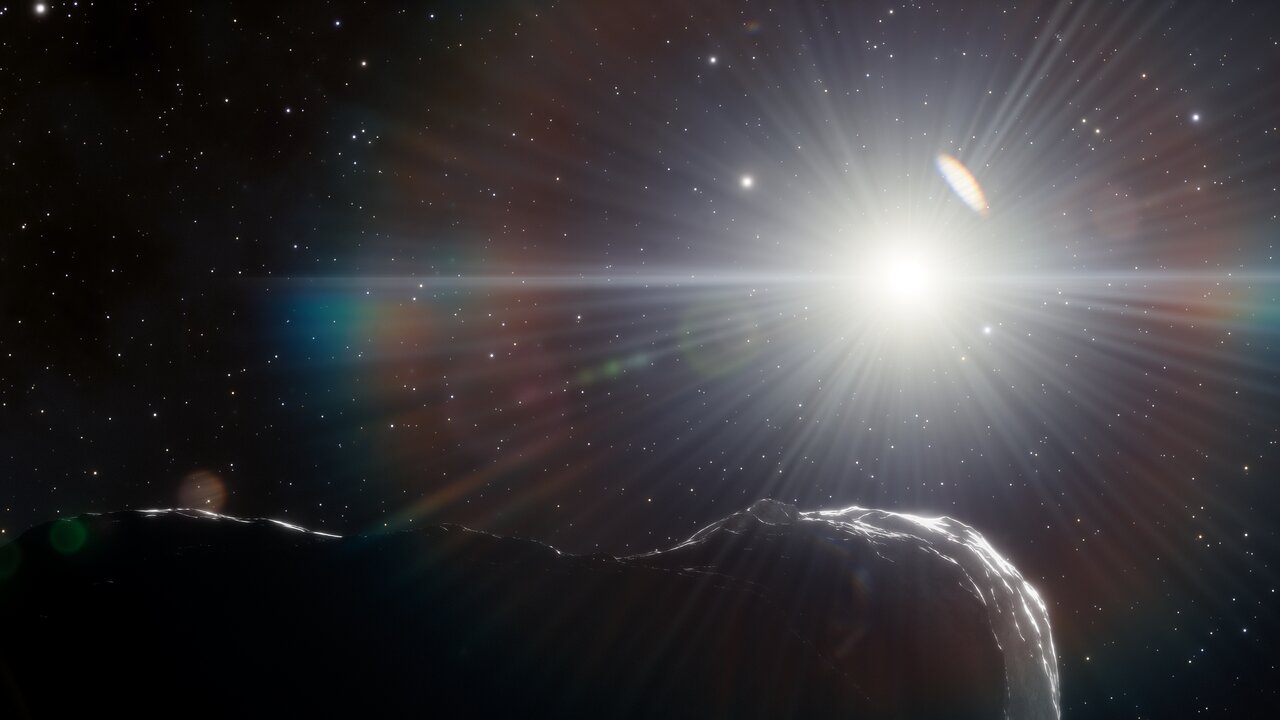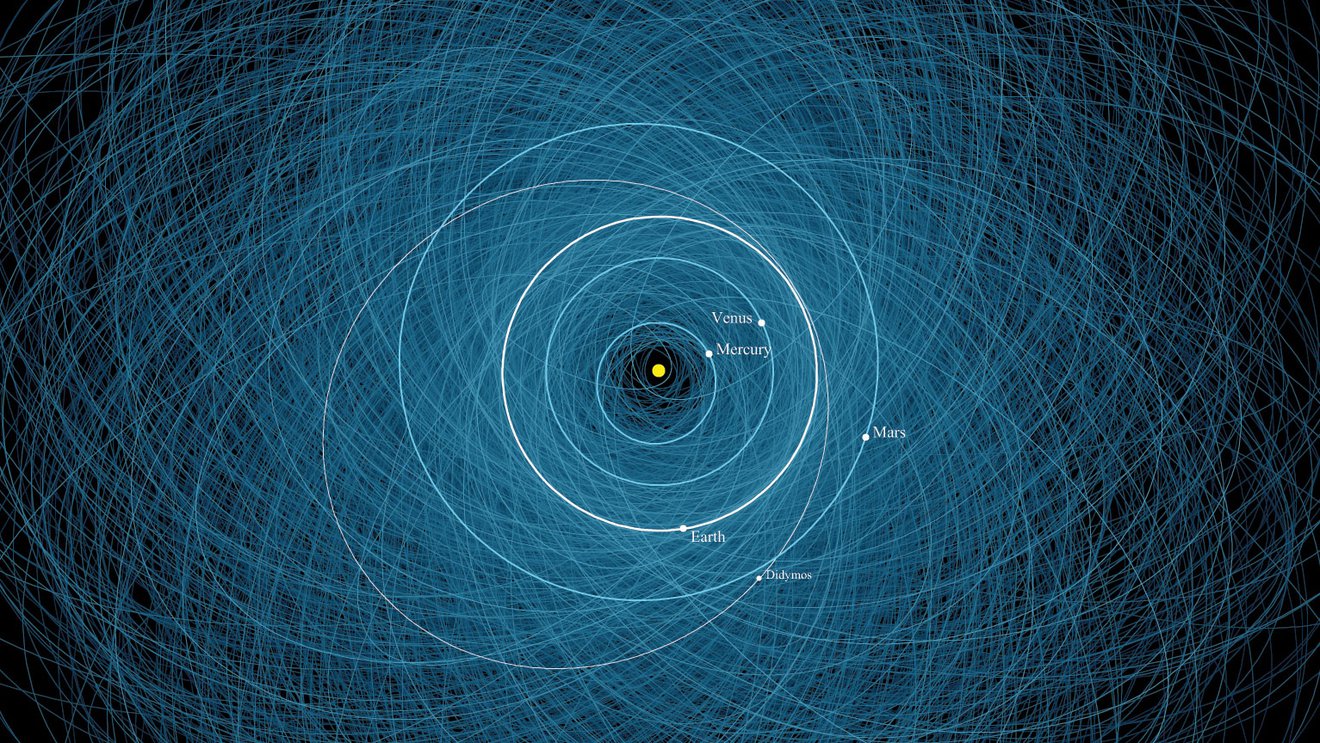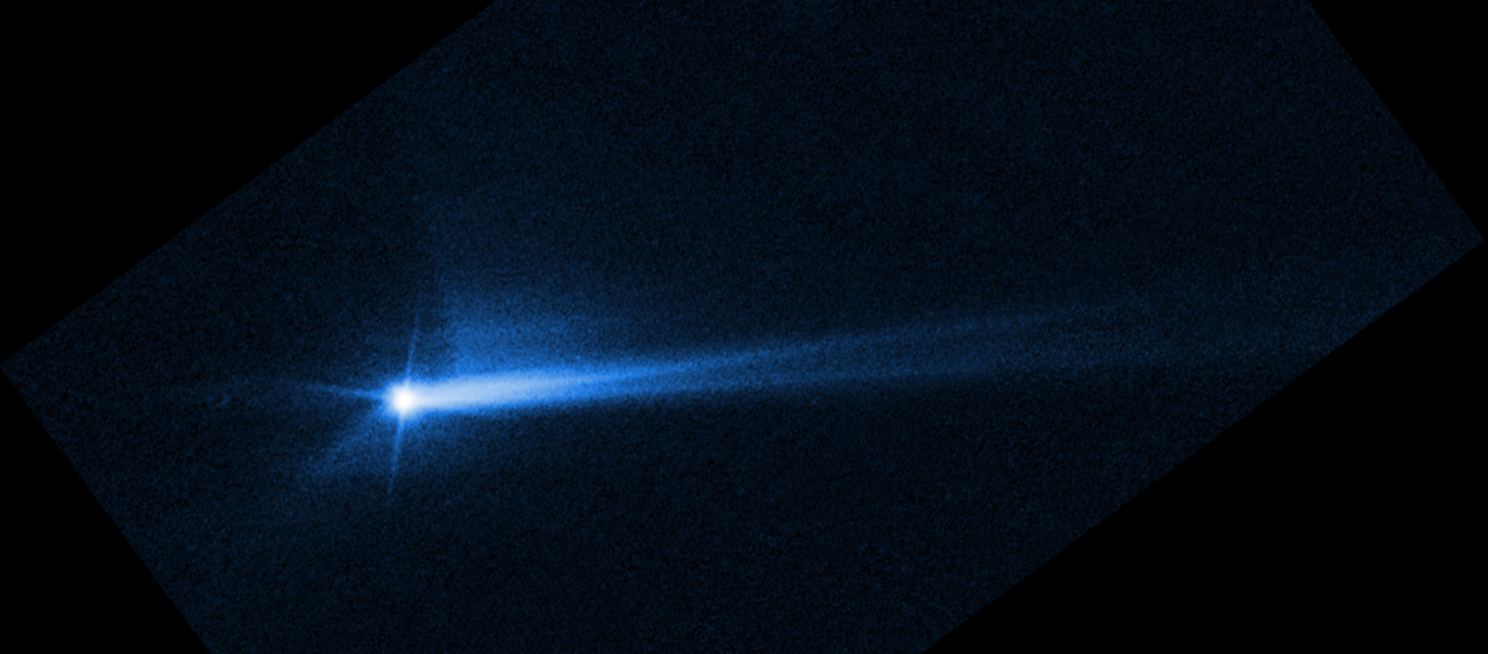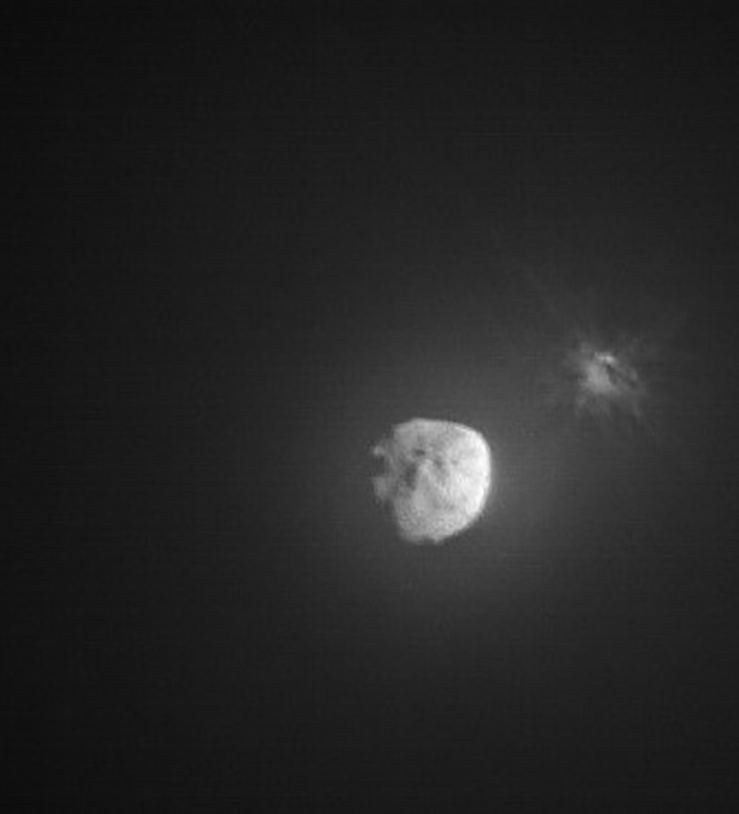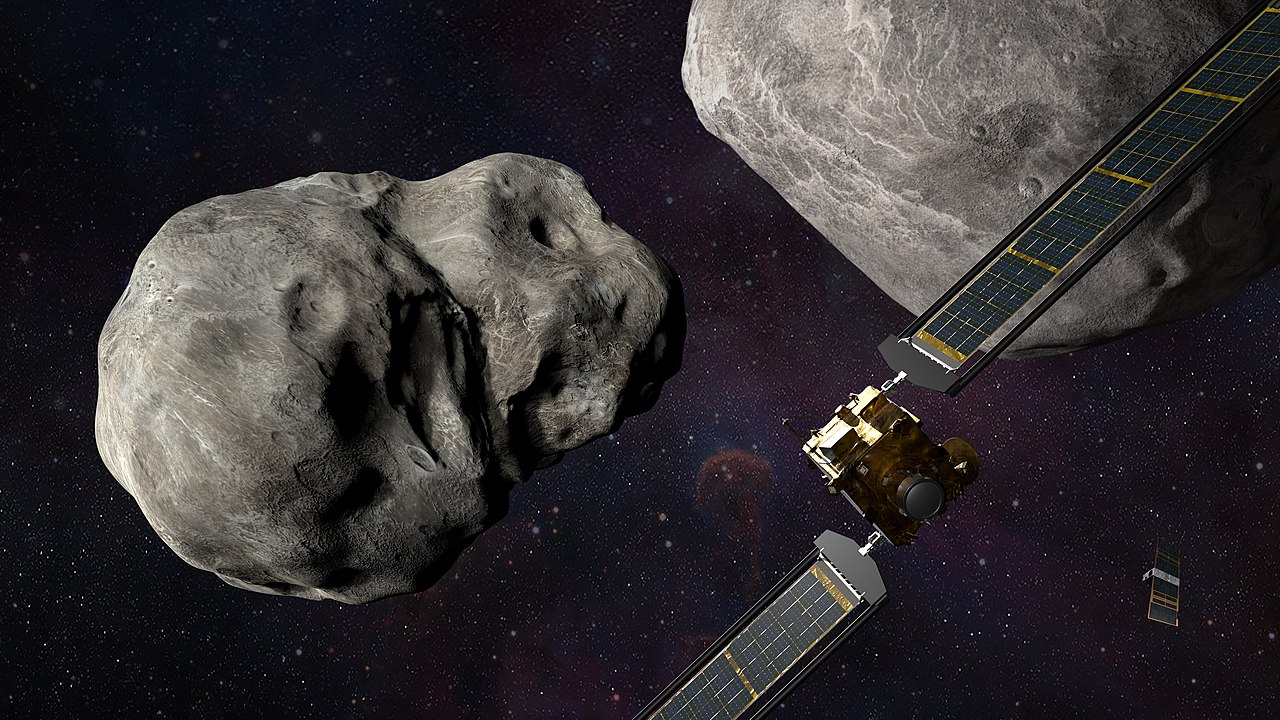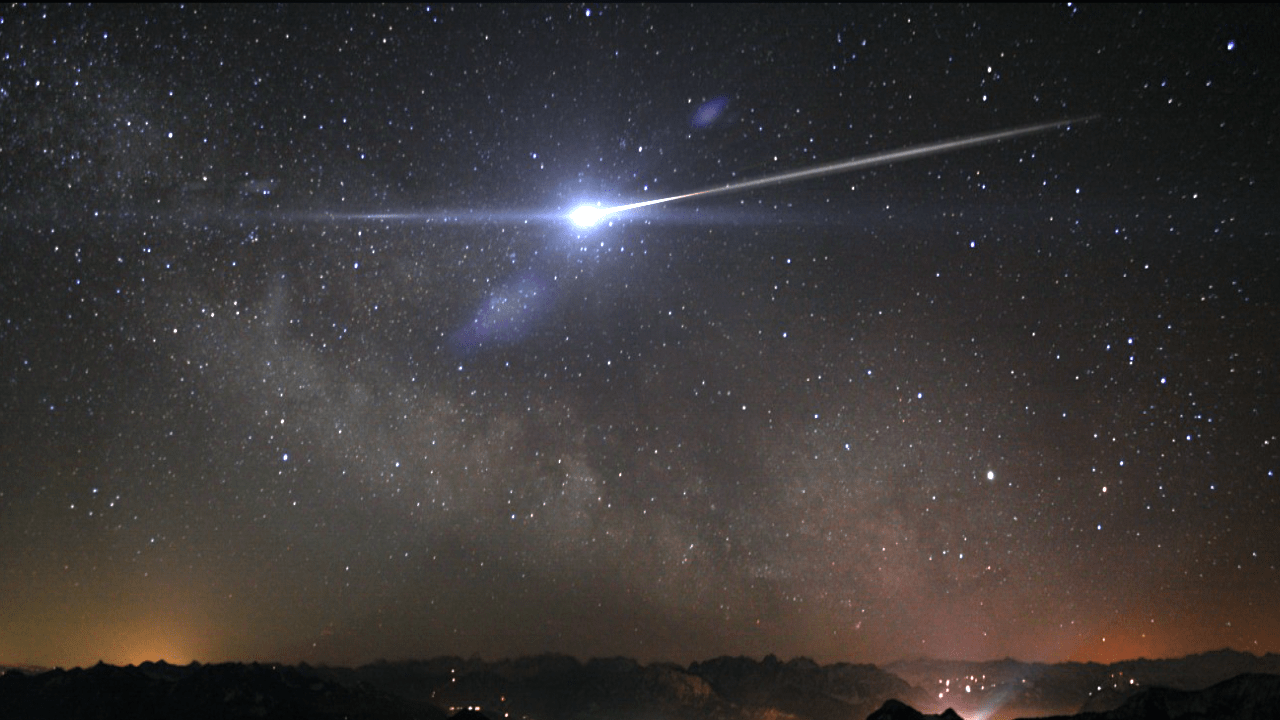NASA says its DART spacecraft caused a larger-than-expected change in the path of its target asteroid when they collided two weeks ago — marking a significant milestone in the effort to protect our planet from killer space rocks.
Ten months after it was launched, the Double Asteroid Redirection Test’s refrigerator-sized robotic probe crashed into a 560-foot-wide asteroid called Dimorphos on Sept. 26, as it circled a bigger asteroid known as Didymos. The paired asteroids were 7 million miles from Earth at the time, and posed no threat to Earth before or after the smashup.
Before the crash, DART’s science team said they expected the collision to reduce the time it took for Dimorphos to go around Didymos by about 10 minutes. NASA would have regarded any change in excess of 73 seconds as a success.
After the crash, detailed observations from ground-based observatories showed that the orbit was actually 32 minutes shorter — going from 11 hours and 55 minutes to 11 hours and 23 minutes. That’s three times as much of a change as scientists were expecting. Scientists also said Dimorphos appears to be slightly closer to Didymos.
“This is a watershed moment for planetary defense, and a watershed moment for humanity,” NASA Administrator Bill Nelson said today. “All of us have a responsibility to protect our home planet. After all, it’s the only one we have.”
Continue reading “Success! DART Impact Shortened Asteroid’s Orbit Time by 32 Minutes”

